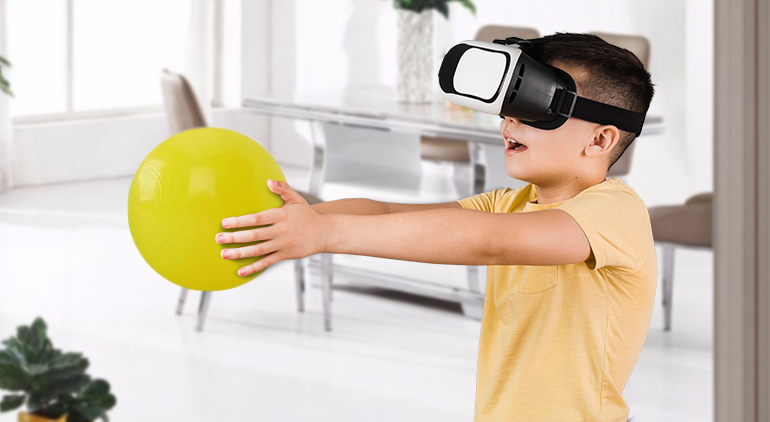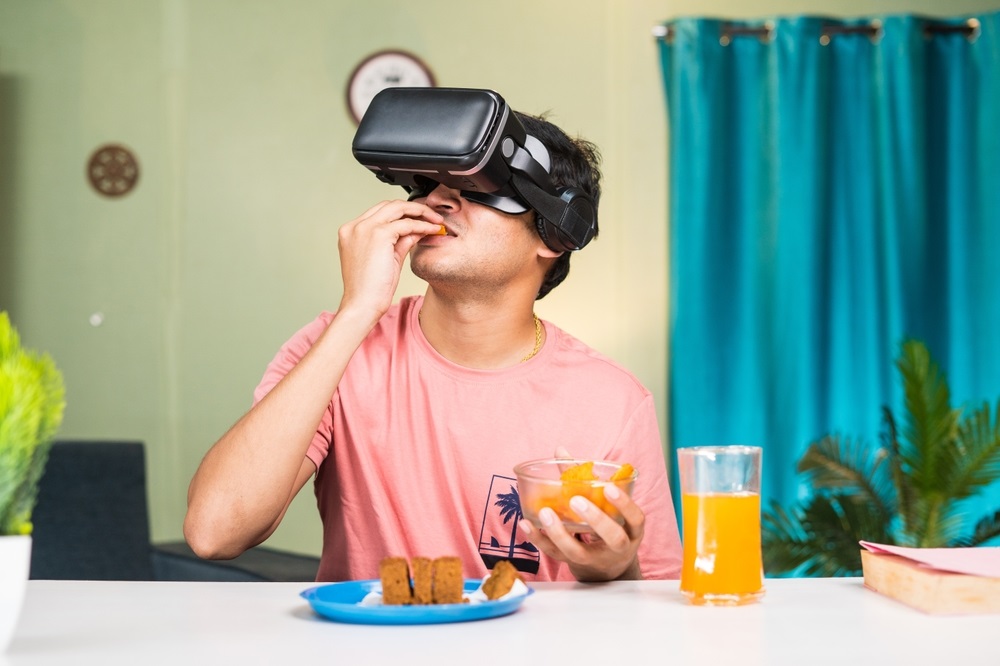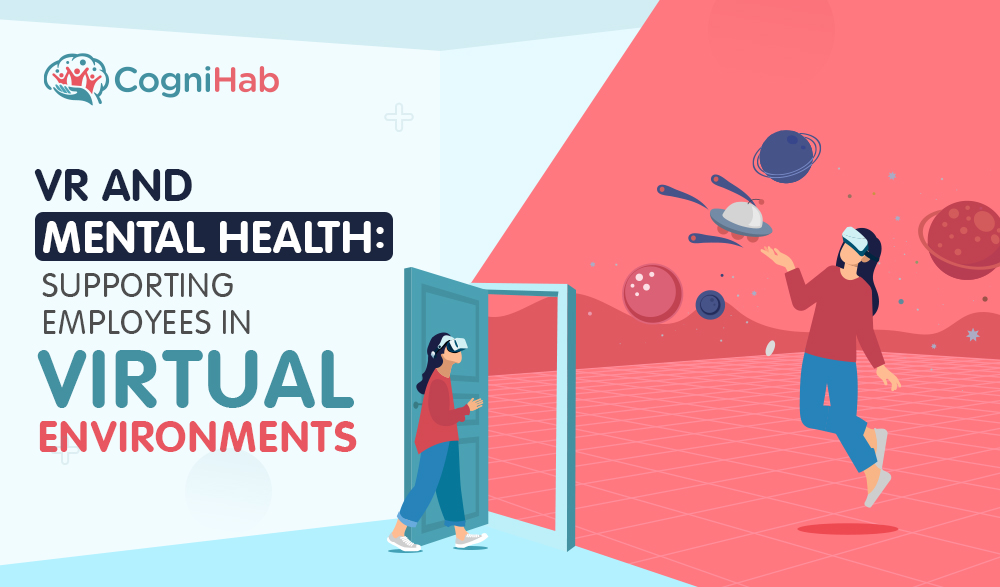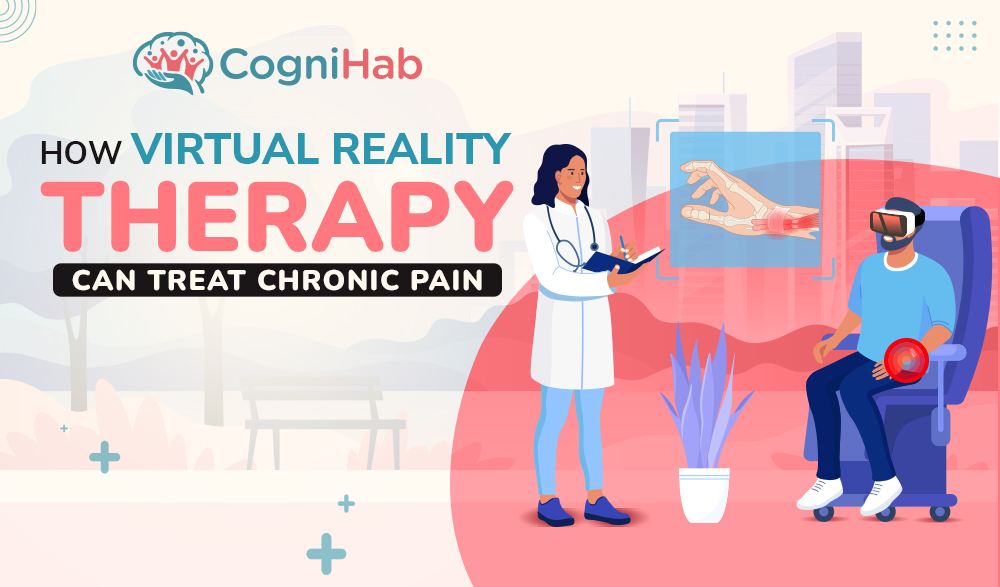How Virtual Reality is Helping Children with Cerebral Palsy
Gradually with the advancement of modern science, virtual reality has ascended a central position in medical treatment procedures. The sense of escapism provided by this technology is extensively used for treating an array of impairments, such as cerebral palsy.
Virtual reality is gradually proving to be useful in the treatment of cerebral palsy for children by inculcating better motor skills, resolving limitation of movements, and emancipating from the painful suffering.
Cerebral palsy (CP) is the most common motor disability in childhood. Autism and Developmental Disabilities Monitoring (ADDM) Network has estimated that about 1 in 323 children has been diagnosed with cerebral palsy.
Cerebral Palsy is a neurological disorder during the time of the child's brain development which is caused by a non-progressive brain injury or malformation. Cerebral Palsy primarily affects body movement and muscle coordination.
Definition of Cerebral Palsy
Cerebral Palsy is an umbrella term that is characterized by loss or impairment of motor function. The prime reason for Cerebral Palsy is actually due to brain damage. The brain impairment is induced by cerebral haemorrhage or malformed development of the child’s brain that usually happens before birth, during birth, or immediately after birth.
Cerebral Palsy alters bodily movement and ability to control and coordinate muscles such as muscle tone, reflex, posture, and balance. Moreover, it also impacts motor skills like gross motor skills and oral motor functioning.
Several types of research suggest that the majority of Cerebral Palsy cases result from abnormal brain development or brain injury before birth or during labour. However, incidents like accidents leading to injury, abuse, medical malpractice, negligence, infections are some of the prominent risk factors leading to Cerebral Palsy.
An individual diagnosed with Cerebral Palsy will often show signs of physical impairment, yet the kind of movement dysfunction in any particular body parts and the extent of impairment differs among the patients. Fluctuating muscle contractions can make limbs stiff resulting in painful positions and movements. Consequently, balance, posture, and coordination are heavily affected by Cerebral Palsy, causing difficulty in tasks such as walking, sitting, grasping objects, etc.
Virtual Reality for Cerebral Palsy
Virtual reality, through its interactive simulations, presents users with opportunities to perform in virtual environments that are akin to real-world objects and events. Within an Interactive computer play, a child interacts and plays with virtual objects in a computer-generated environment. Due to its unique attributes and realistic opportunities for active learning, these technologies are being incorporated in paediatric rehabilitation.
The efficacy of virtual reality to augment simulative opportunities for intense repetitive motor or sensory practice, is the cause for its incorporation in neuroplasticity and learning amongst individuals with neurologic disorders.
How VR Helps Children with Cerebral Palsy
Studies suggest that using virtual reality games in therapy improves motor function for cerebral palsy children. These virtual reality games, as part of a physical and occupational therapy program, can increase motor performance among children with cerebral palsy.
The treatment of rehabilitation broadly involves procedures and exercises. They strive to increase the motor functioning capability thus, preventing the development of new problems. This often involves a combination of physical and occupational therapy, as well as other treatments.
With technological advancements, virtual reality technology has developed and emerged as an accessible medium. Due to this, virtual reality (VR) has occupied the position of an interesting tool that could be implemented into this kind of rehabilitation. The idea of this technology that allows people, particularly young children, is proving itself as a worthy substitute to traditional methods of doing exercises.
As opposed to that these kinds of game-based exercises are fashioned in a manner that might be more fun and engaging than traditional therapy. Hence, there is an increase in participation and motivation that has resulted in a higher number of patients who reaped the benefits.
VR Rehabilitation for Children with Cerebral Palsy
Motor disorders and limitation of motor functioning abilities are the principal impairment in cerebral palsy. These are generally accompanied by sensory and perceptual difficulties, cognitive disorders, communication and behavioural complication, epilepsy, etc.
Virtual reality rehabilitation for fine motor development in cerebral palsy includes training of skills, such as the use of the hands. On the other hand, gross motor development incorporates training that enhances the skills of gross movements.
The primary aim of virtual reality rehabilitation in cerebral palsy is to rectify unconventional posture and patterns by preventing any deformities, to improve existing skills and engage in the practice of gaining new skills by allowing functional training and to achieve the ability for a comprehensible speech.
Virtual reality technology allows the user to create conditions and objects in a virtual environment which can be applied through positive visual and sensory feedback. This can be utilised in a regulated environment for individual study during motor learning.
Virtual reality by providing a three-dimensional spatial consistency between the degree of movement in the real-world setting and the degree of movement seen on the computer screen enables, visual feedback related to performance and guidance information which is critical for motor learning in children with cerebral palsy.
In this way, virtual reality significantly impacts the functional motor skills by increasing cortical reorganization and neuroplastic changes. Cognihab’s virtual reality rehabilitation therapy for cerebral palsy, poses an extremely powerful rehabilitation potential, for it enables and paves the way for adapting the real world in a simulative environment that can be regulated, controlled, and modified according to the needs of the patients.
The impossible activities of reality can be performed in a computer environment.







